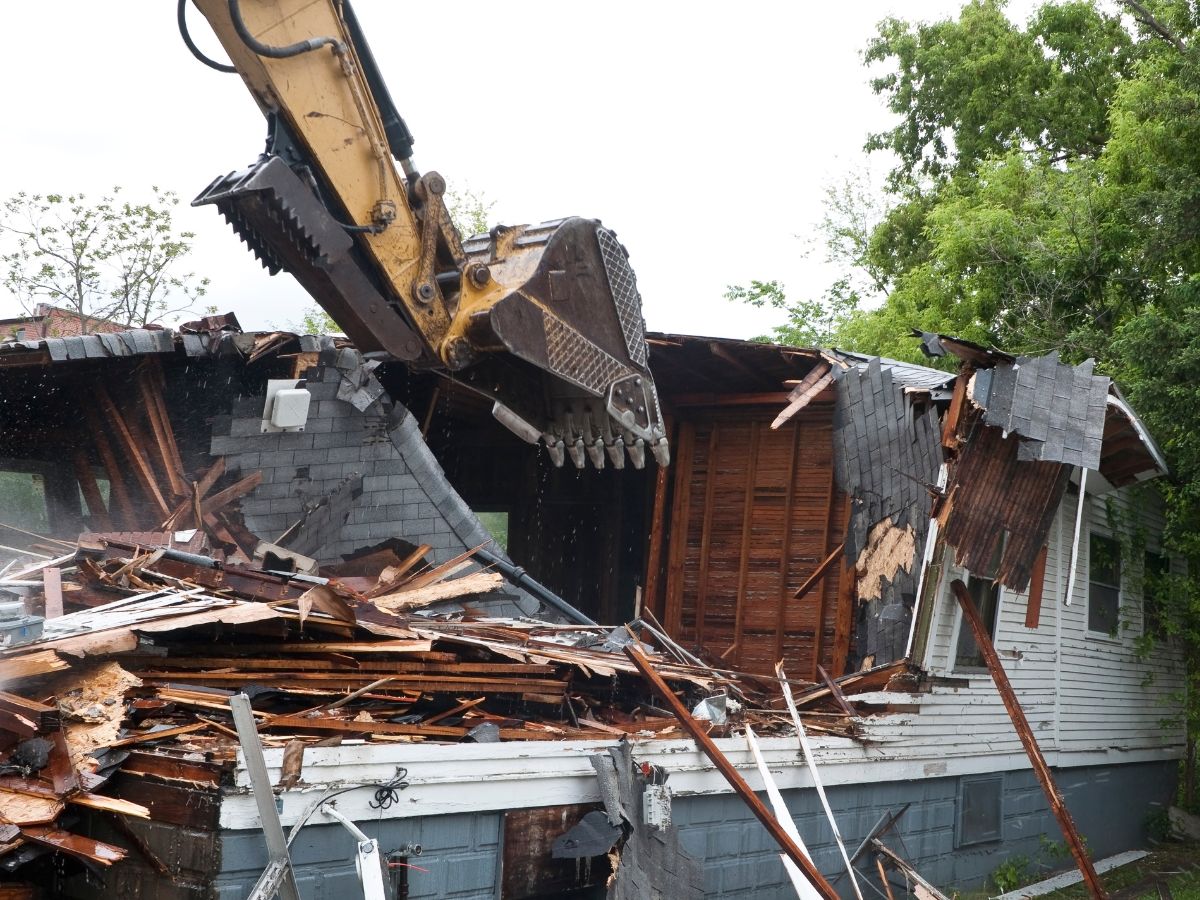
Knocking down an existing house and rebuilding a new home is a great option for many homebuyers. If you already own a house, a knock down rebuild allows you to enjoy a brand new home without having to move. That means the kids can stay in their schools and you can stay near your family, friends and work.
There’s even better news – a knock down rebuild project can save you money, and the process is very similar to a standard new home construction. In this article, we’ll go over the knock down rebuild process and explain the extra steps involved with your project.
1. Pre-Construction Planning
Just like any other new home construction, your knock down rebuild begins with some serious planning. During the pre-construction planning phase, you will meet with your builder to discuss your design concepts and assess your existing property. If your property is suitable for a knock down rebuild, the planning phase will move forward, and you’ll have a chance to talk about design requirements, floorplans, finishes, fittings and other inclusions.
Note that not every property is suitable for a knock down rebuild project. For instance, if your house is subject to heritage listing, you may not be able to demolish the property. You can speak with us directly to determine your suitability for a knock down rebuild project.
2. Obtain Demolition Approval
Demolition projects are subject to strict council requirements. Since demolition can have an impact on the surrounding area, you will need to check with your local council to find out whether you can demolish a property. Demolition approvals are subject to:
- Zoning laws
- Heritage listing
- Overlays (such as flood zones)
- Neighbourhood planning
Each local council has its own requirements for granting permits. You can read more about Brisbane City Council’s requirements on their website, but you should check with your local council for more accurate information.
3. Organise the Demolition
You will typically be required to organise demolition with an independent contractor. Demolition is heavily regulated and highly skilled, so you’ll need to work with a reputable contractor, who will organise your demolition approvals. They will also offer advice on how to terminate services to the site such as electricity, internet and gas provisions and arrange a plumber to cap and seal existing water/sewer connections.
Demolition should only be carried out by a contractor that holds a valid licence.

4. Laying Foundations
With demolition complete and the waste removed from the site, your builder will typically complete a new soil test and contour detail survey, to help assess the new levels of the land.
The other steps include:
- Clear unwanted vegetation and other features
- Perform earthworks (such as flattening the site)
- Construct retaining walls and terraces
- Lay underground utilities (such as water, power, internet and gas)
- Mark out the location of the slab and/or foundation posts
Once that’s all complete, the concrete slab will be poured and allowed to cure ahead of further construction.
5. Framing the Home
Framing is where your house starts to come together! The frames are the skeleton of your home.
6. Enclosing the Home
Enclosing your home marks the halfway point of the build. During the enclosing phase, your new home is fitted with its roofing, insulation, external cladding, windows and external doors. The aim here is to make the home secure and weatherproof before the interior fit out takes place.
At this stage, rough-in electrical and plumbing services can be completed while they have access to wall and ceiling cavities.
7. Completing Fixings
Once your home is secure, your trades can move onto the interior and complete the fixing stage. During fixing, your builder reviews major details like wall and ceiling cladding, and they’ll install features like skirting boards, cornices, doors and cabinetry. They’ll also complete the installation of the electrical and plumbing services that were roughed-in earlier.
Lots of work goes into completing a home and adding finishing touches such as stairs, appliances, kitchen equipment and custom features. The fixing stage is often one of the longest phases of your knock down rebuild.
8. Project Handover
Your knock down rebuild is almost complete! At this point your builder is effectively done with their work, and it’s your turn to examine the property and make sure it meets your expectations.
Prior to the handover, you’ll meet with your site supervisor to inspect the build. If there are items that both you and your builder decide require attention, these are normally attended to before the handover of your new home.
Talk to McCarthy Homes About Your Knock Down Rebuild Project!
A knock down rebuild project is a great way to build your dream home in a location you already love. Not only does a rebuild give you more freedom than renovation, it can also save on stamp duty, moving costs and agents fees. If you’ve outgrown your current house and want to build something that suits your lifestyle, McCarthy Home would love to hear from you!


